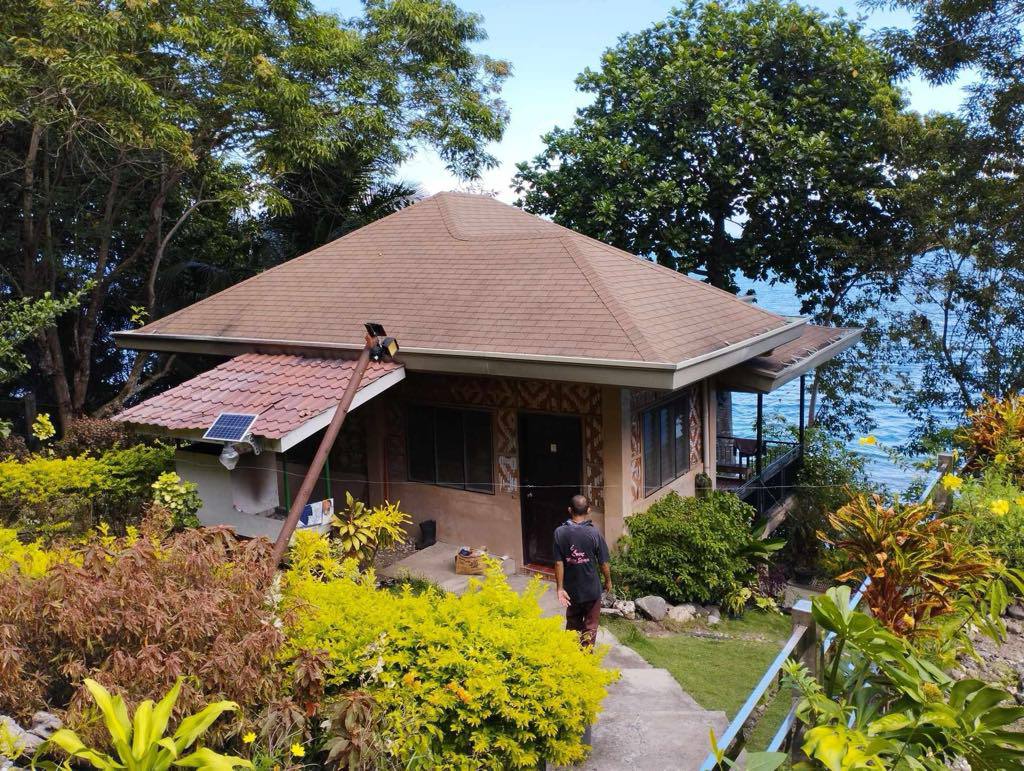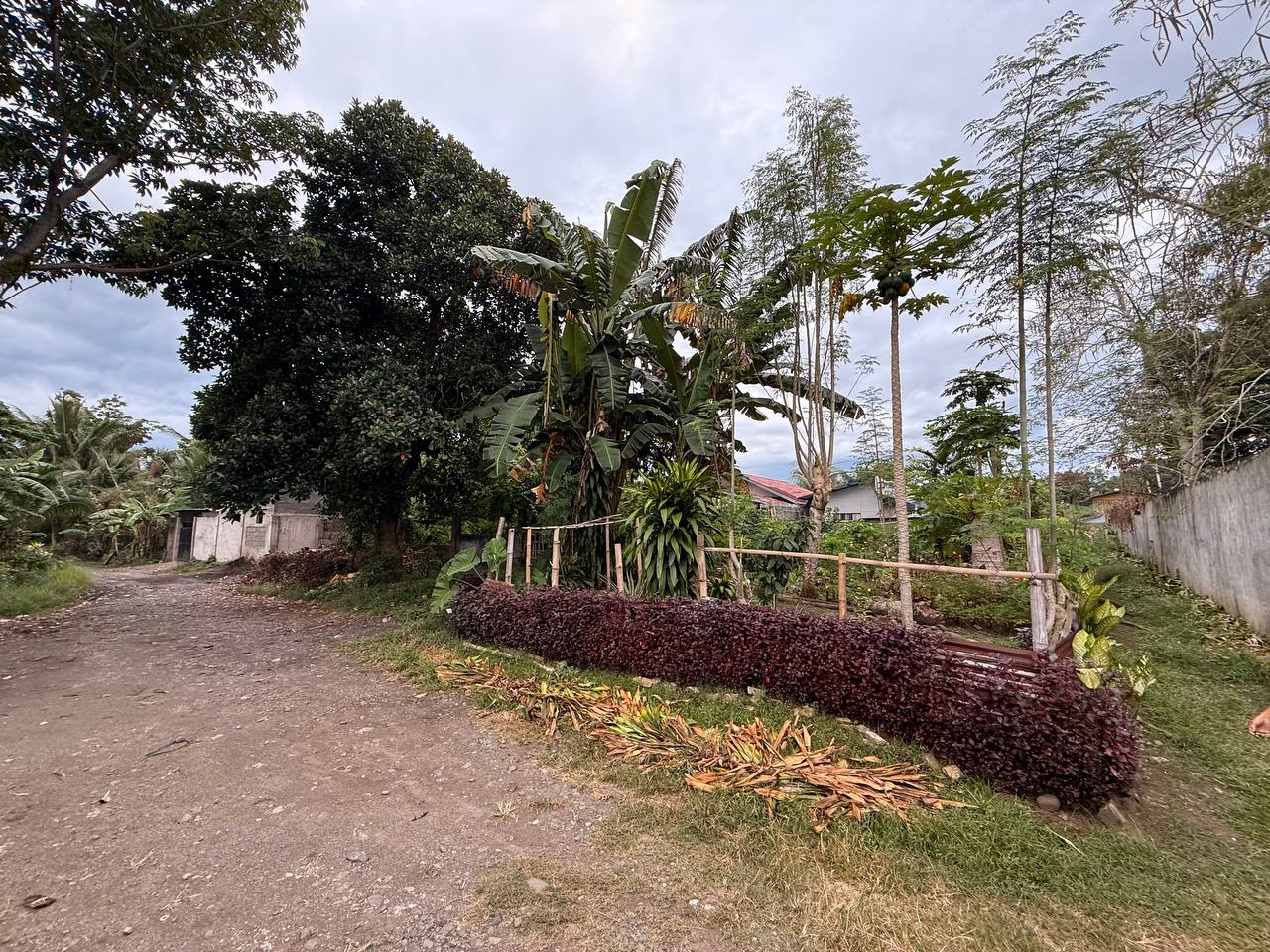In today’s dynamic real estate market, pre-selling properties have become a popular choice for many buyers and investors alike. But what exactly does pre-selling mean? Essentially, it refers to purchasing a property before its construction is complete—sometimes even before it starts. Like any investment, pre-selling properties come with their own set of advantages and disadvantages. However, the benefits often make it a compelling option worth considering.
- Pre-selling Properties: What Are They?
Pre-selling properties are units sold off-plan, meaning buyers commit to purchasing before the building is fully constructed. This approach is common in condominiums, residential complexes, and commercial developments. Developers offer these properties at an early stage, often at a lower price, to generate capital for construction.
The Pros of Pre-Selling Properties
- Reduced Initial Outlay of Funds
One of the biggest draws of pre-selling properties is the affordability at the outset. Developers typically offer early-bird prices that are significantly lower than the market value once the building is completed. This means buyers can secure a property with a smaller down payment and benefit from the property’s appreciation over time.
- Potential for Capital Gains
Buyers frequently observe an increase in the property’s worth by the time it is completed because the property is bought before it is completed. This can translate to instant equity or profit if the buyer decides to resell the unit. For investors, this potential for capital gains is a major incentive.
- Adaptable Terms of Payment
Pre-selling projects usually come with staggered payment terms spread over the construction period. This allows buyers to manage their finances more comfortably rather than paying the full amount upfront. It’s a more accessible pathway for many who want to invest in real estate.
- Possibilities for Personalization
Buying early often gives buyers the chance to customize certain aspects of their unit. From selecting finishes to altering layouts (depending on developer policies), pre-selling properties can offer a more personalized living space or commercial unit.
- Access to Prime Locations
Developers often launch pre-selling projects in prime or up-and-coming locations. Buying early means securing a spot in desirable areas that might otherwise be out of reach once the project is completed and prices climb.
The Cons of Pre-Selling Properties
While pre-selling has many benefits, it’s important to be aware of potential downsides:
Construction Delays: Projects can take longer than expected to complete, which might disrupt plans.
- Market Risks: The property value might not appreciate as anticipated, or market conditions could change.
- Uncertainty: Since the property isn’t finished, buyers cannot inspect the actual unit before purchase. Why the Benefits Often Outweigh the Drawbacks
Despite these challenges, many buyers and investors find that the advantages of pre-selling properties make it a worthwhile venture. Lower entry costs, flexible payments, and the possibility of capital appreciation provide financial benefits that can outweigh the risks, especially when the developer has a strong track record.
Moreover, doing thorough research, checking the credentials of the developer, and understanding the terms can mitigate many of the cons. When approached wisely, pre-selling properties offer a strategic way to enter the real estate market with significant upside potential.
Final Thoughts
Pre-selling properties present an exciting opportunity for buyers looking to invest smartly in real estate. They can be a desirable choice for both homeowners and investors because to advantages like reduced upfront expenses, adjustable payments, and possible capital gains. As with any investment, informed decision-making and due diligence are key to maximizing the rewards while minimizing risks.
If you’re considering entering the real estate market, exploring pre-selling options might just be the step that puts you ahead.




